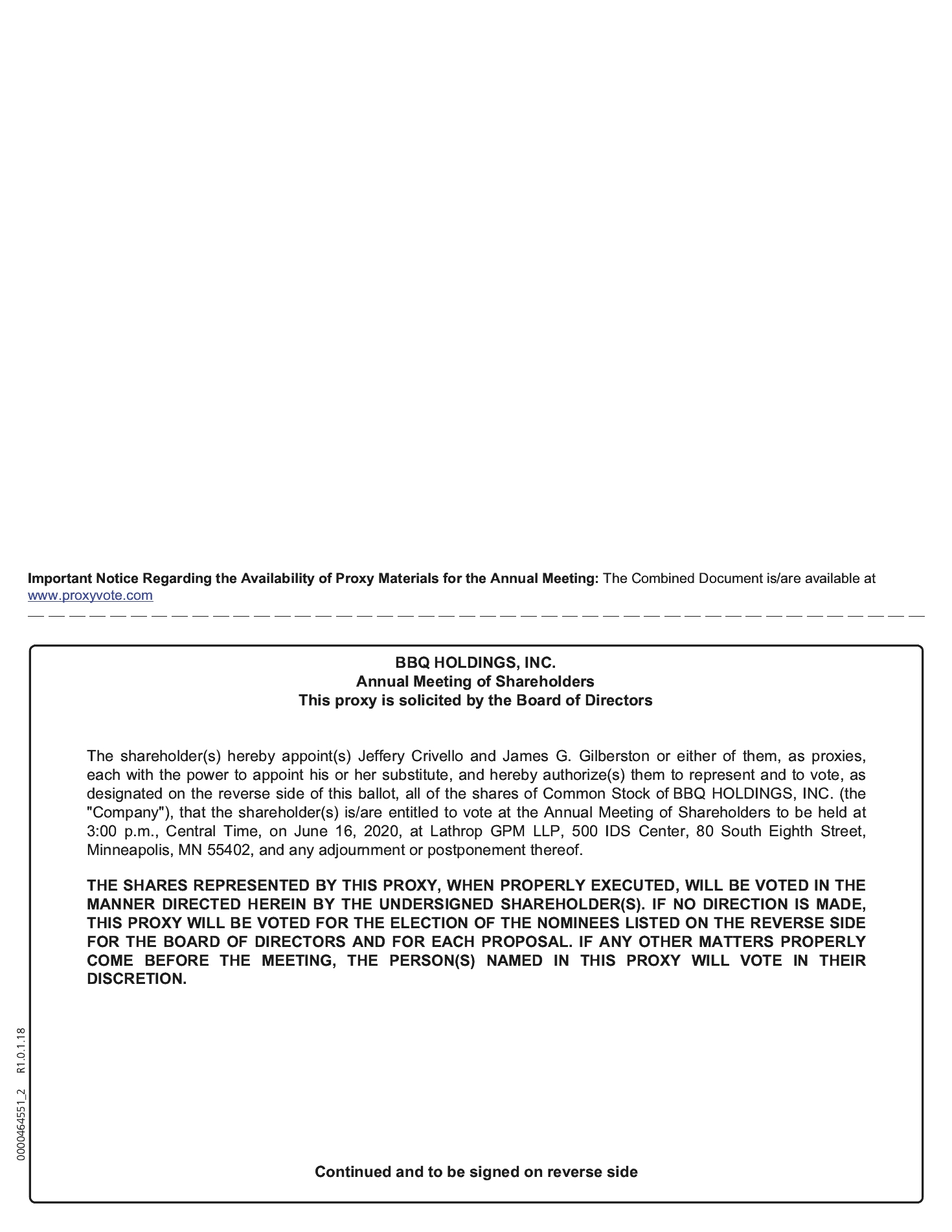over 36 months beginning on February 28, 2019. As of June 24, 2019, Mr. Malazita was granted a four-year, 50,000 share non-qualified stock option vesting in equal monthly installments over four years and had an exercise price of $3.96. Mr. Malazita resigned effective November 15, 2019.
Mr. Malazita was also entitled to participate in the Company’s benefit plans that were currently maintained by the Company and for which he was eligible, including, without limitation, group medical, 401(k) life insurance and other benefit plans.
Mr. Malazita has agreed not to compete with the Company during the term of his employment and for a period of twelve months thereafter. Mr. Malazita has also agreed not to solicit employees of the Company during the employment term and for 12 months thereafter.
Under the employment agreement, if Mr. Malazita’s employment was terminated by the Company for any reason other than cause, death or disability, or if Mr. Malazita resigns for good reason so long as he has signed and has not revoked a release agreement, he would be entitled to receive severance comprised of continuing payments of his base salary for a three month period following the termination date. To the extent not exempt from rules governing deferred compensation under Section 409A of the Internal Revenue Code of 1986, severance payments to Mr. Malazita are intended to comply with Section 409A and are subject to corresponding requirements regarding the timing of such payments.
Description of Additional Compensation Plans and Practices
Deferred Compensation Plan
The Company maintains a Non-Qualified Deferred Compensation Plan in which employees who are at the “director” level and above are eligible to participate. None of the named executive officers have participated in this plan. Participants must complete a deferral election each year and submit it to the Company, prior to the beginning of the fiscal year for which the compensation pertains, indicating the level of compensation (salary, bonus and commissions) they wish to have deferred for the coming year. This deferral election is irrevocable except to the extent permitted by the plan’s administrator, and the applicable regulations promulgated by the Internal Revenue Service. For fiscal 2018 and 2019, the Company matched 25.0% of the first 4.0% contributed by participants and paid declared interest rates of 6.0% on balances contributed.
Deferral periods are defined as the earlier of termination of employment or not less than three calendar years following the end of the applicable plan year. Extensions of the deferral period for a minimum of five years are allowed, provided the election is made at least one year before the first payment affected by the change. Payments can be in a lump sum or in equal payments over a two-, five- or ten-year period, plus interest from the commencement date.
The plan assets are kept in an unsecured account that has no trust fund. In the event of bankruptcy, any future payments would have no greater rights than that of an unsecured general creditor of the Company and they confer no legal rights for interest or claim on any assets of the Company. Benefits provided by the deferred compensation plan are not insured by the Pension Benefit Guaranty Corporation (PBGC) under Title IV of the Employee Retirement Income Security Act of 1974 (“ERISA”), because the pension insurance provisions of ERISA do not apply to the Deferred Compensation Plan.
Other Benefits
The Company provides additional benefit plans to employees, including the named executive officers, such as medical, dental, life insurance and disability coverage, flex benefit accounts, 401(k) plan, and an employee assistance program. The Company also provides vacation and other paid holidays to employees, including the named executive officers, which are comparable to those provided at other companies of comparable size.
Tax Deductibility of Compensation
Section 162(m) of the Internal Revenue Code of 1986, as amended, places a limit of $1,000,000 on the amount of compensation that the Company may deduct in any one year with respect to certain of its most highly paid executive officers. The exception to the $1,000,000 limitation for performance-based compensation meeting certain requirements has been repealed, effective for tax years beginning after December 31, 2017. The Company has generally not paid compensation in excess of $1,000,000 to any single executive officer in the past. Incentive compensation, including equity incentive awards, has not generally been structured to meet all of such requirements, and, as such, may not be fully deductible.

